The fragmentation of liquidity across different chains has become a major bottleneck to deeper integration and synergy in Web3. Solana, the leading layer1, has become one of the major objectives when tackling this issue.
Mango Network, as the first fully on-chain infrastructure public blockchain to support a Multi-VM architecture, has spent three years addressing this challenge.
This article introduces the Multi-VM architecture of Mango Network, detailing its architectural complementarity and technical implementation, particularly during its expansion to Solana with SVM.
1. Mango Network Maximizes Compatibility, Security, Efficiency, and Flexible Development by Integrating Diverse Technologies.
Mango Network ingeniously integrates Move, OPStack, and ZK Rollup, incorporating MoveVM, EVM, and SVM into its compatible framework.
MoveVM, with its unique resource-oriented design, demonstrates excellent advantages in asset protection and contract security. EVM is currently the most mature virtual machine with the largest developer ecosystem. SVM (Solana VM) is known for its outstanding performance and high throughput.
By successfully integrating these three virtual machines, Mango Network enables smart contracts of different origins and functional focuses to coexist and collaborate within the same ecosystem. This creates a diverse, open, and vibrant blockchain platform for developers and users. Developers can build applications using Move, Solidity, and Rust, significantly enriching development options.
2. Core Architecture: Sophisticated Multi-VM Interoperability Design
(1) Shared State Management and Unified Account Model
One of the core architectural innovations of Mango Network is its shared state management system.
In traditional multi-chain or Multi-VM architectures, different VMs often maintain independent states, making cross-VM interactions extremely complex. However, in Mango Network, MoveVM, EVM, and SVM can access and modify the same underlying state without requiring additional cross-VM messaging mechanisms, greatly simplifying the development process.
At the same time, Mango Network adopts a unified account model. Whether users interact with contracts on MoveVM or operate on EVM or SVM, the same account system is used. Accounts can seamlessly interact with contracts written in Move, Rust, or Solidity, with the underlying protocol automatically handling the translation layer.
(2) Seamless Combination of Cross-VM Calls and Asset Standardization
Cross-VM calling is one of Mango Network’s key capabilities in achieving deep integration across multiple VMs. On Mango Network, smart contracts can directly call across VM boundaries. For example, a smart contract written on SVM can seamlessly call functions within MoveVM, and vice versa. This cross-VM mechanism breaks down barriers between VMs, allowing different functional modules in different VMs to be combined and coordinated, significantly enhancing composability and scalability.
Mango Network also achieves asset standardization. Digital assets are presented in a standardized format. Whether on MoveVM, EVM, or SVM, assets can be natively operated across multiple VMs without the need for additional wrapping or bridging. This not only facilitates asset circulation across VMs but also reduces the cost and risk for users when transferring assets between different VM environments.
(3) Innovative Fusion of the Verification Layer
Mango Network’s verification layer design cleverly integrates SVM’s execution model with Move’s verification capabilities. SVM handles the execution logic and operational flow of contracts, while Move’s verification mechanism ensures secure handling of key resources and data, achieving both high efficiency and security in the contract execution process.
3. Performance: Exceptional Achievement of 297,450 TPS
Mango Network’s transaction processing speed reaches up to 297,450 transactions per second (TPS). This outstanding performance benefits from its unique modular architecture. Mango Network decomposes core blockchain functions into independent modules, allowing each module to be optimized and extended based on specific application needs.
The execution module deeply optimizes the smart contract execution process, reducing unnecessary resource consumption and computation steps, enabling highly efficient contract execution. The consensus module adopts an advanced consensus algorithm that ensures transaction consistency while achieving fast finality, greatly shortening confirmation time. The data availability module ensures the integrity and reliability of transaction data through an efficient storage and distribution mechanism.
4. Cross-Chain Communication: SVM Deployment Supported by ZK Rollup
Mango Network supports SVM deployment via ZK Rollup, enabling cross-chain bridging with Solana.
Process:
-
Solana Mainnet interacts with Nodes: The Solana mainnet generates secure transactions and blocks, and users submit these to nodes.
-
Node and Sequencer Collaborate: After receiving secure transactions and blocks, nodes emit events from the SVM CrossVM Call Program. These events are captured and parsed, and the data is passed to the sequencer.
-
Sequencer Execution and Feedback: The sequencer executes the parsed calls, captures events from the MoveVM, parses the data, and emits events from the MoveVM CrossVM call contract. Finally, these events and data flow into the Mango Network.
Through this process, Dapps on Solana can be directly deployed on Mango Network (powered by ZK Rollup), achieving seamless cross-chain interaction.
5. Mango Network Expansion to Solana with SVM: Architectural Complementarity and Technical Implementation
Mango Network is currently expanding to Solana with Solana VM (SVM) and integrating it into its Multi-VM architecture. This exploration aims to enrich the current MoveVM and EVM environments by introducing Solana’s high-performance execution layer, creating a more diverse, modular, and complementary VM ecosystem.
(1) SVM Enhances Mango Network with Powerful Concurrent Transaction Processing Capabilities
Solana VM has industry-leading parallel processing capability and high throughput. Its Sealevel parallel engine can execute tens of thousands of transactions simultaneously, which complements the sequential processing model of EVM.
Mango Network is integrating SVM into its existing Cross-VM Sequencer mechanism, achieving secure data synchronization and state consistency across different VM environments.
Through this expansion, SVM can provide Mango Network with strong concurrent transaction processing capabilities, significantly improving performance in complex application scenarios—especially in high-TPS demand areas like DeFi high-frequency trading and real-time GameFi interactions.
(2) Technical Integration and R&D Direction: SVM Adapter Layer
Due to architectural differences, SVM’s parallel logic differs from Mango Network’s current MoveVM and EVM structures. The team is exploring the design of an SVM adapter layer to bridge execution model and data synchronization differences, while maintaining system modularity and scalability.
This adapter will be built on Mango’s existing Multi-VM cross-chain communication protocol and will lay the foundation for supporting more VMs in the future (e.g., ZKVM, WASM), enhancing Mango Network’s technical flexibility and long-term potential as full-chain infrastructure.
(3) Potential Ecosystem Synergy: Mango Network Introduces Improved Cross-Chain Interaction for Solana
The introduction of SVM opens new paths for ecosystem collaboration. Solana hosts a large number of high-performance DeFi and GameFi applications developed in Rust. In the future, these can be deployed and interoperated with MoveVM and EVM applications on Mango Network, reducing migration costs for multi-chain developers and improving overall ecosystem inclusivity and innovation.
Additionally, supporting SVM will help Mango Network build a bridge to the Solana developer community, enhancing its strategic competitiveness in cross-chain interaction and asset liquidity.





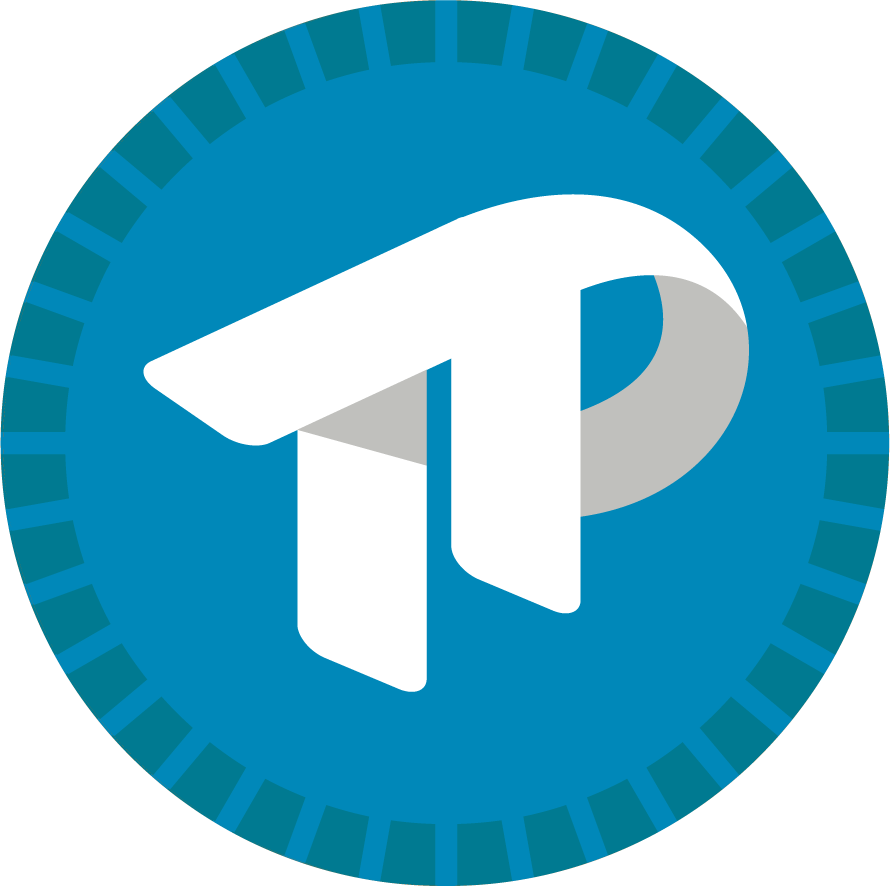
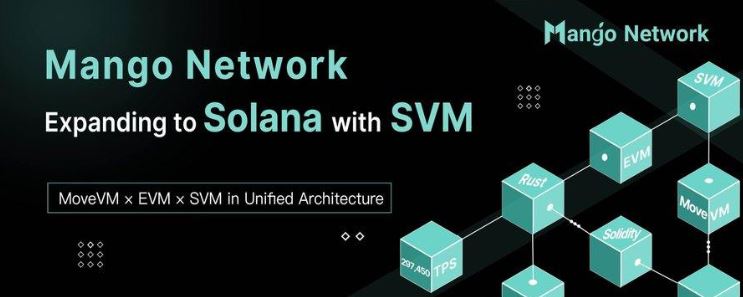




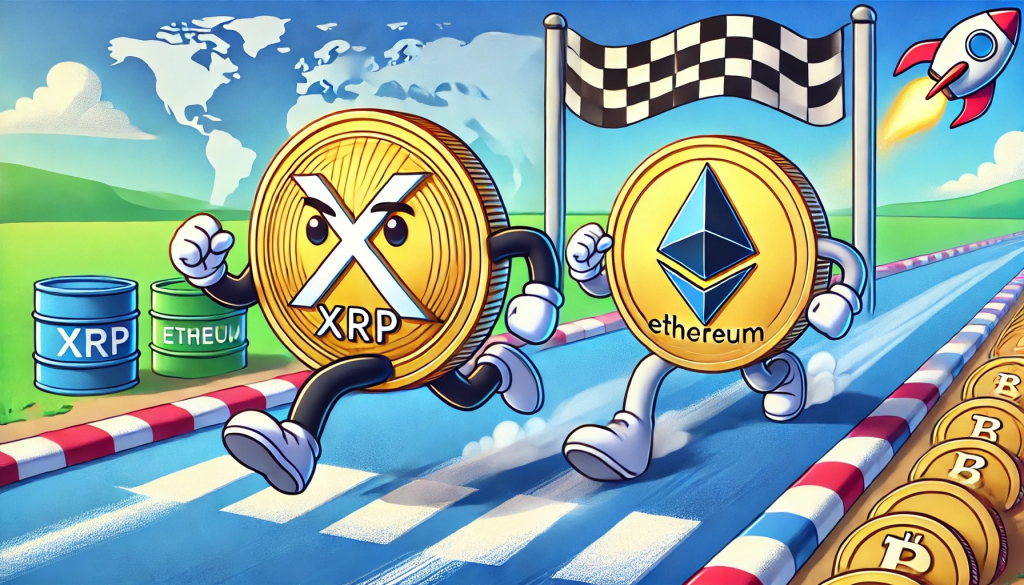

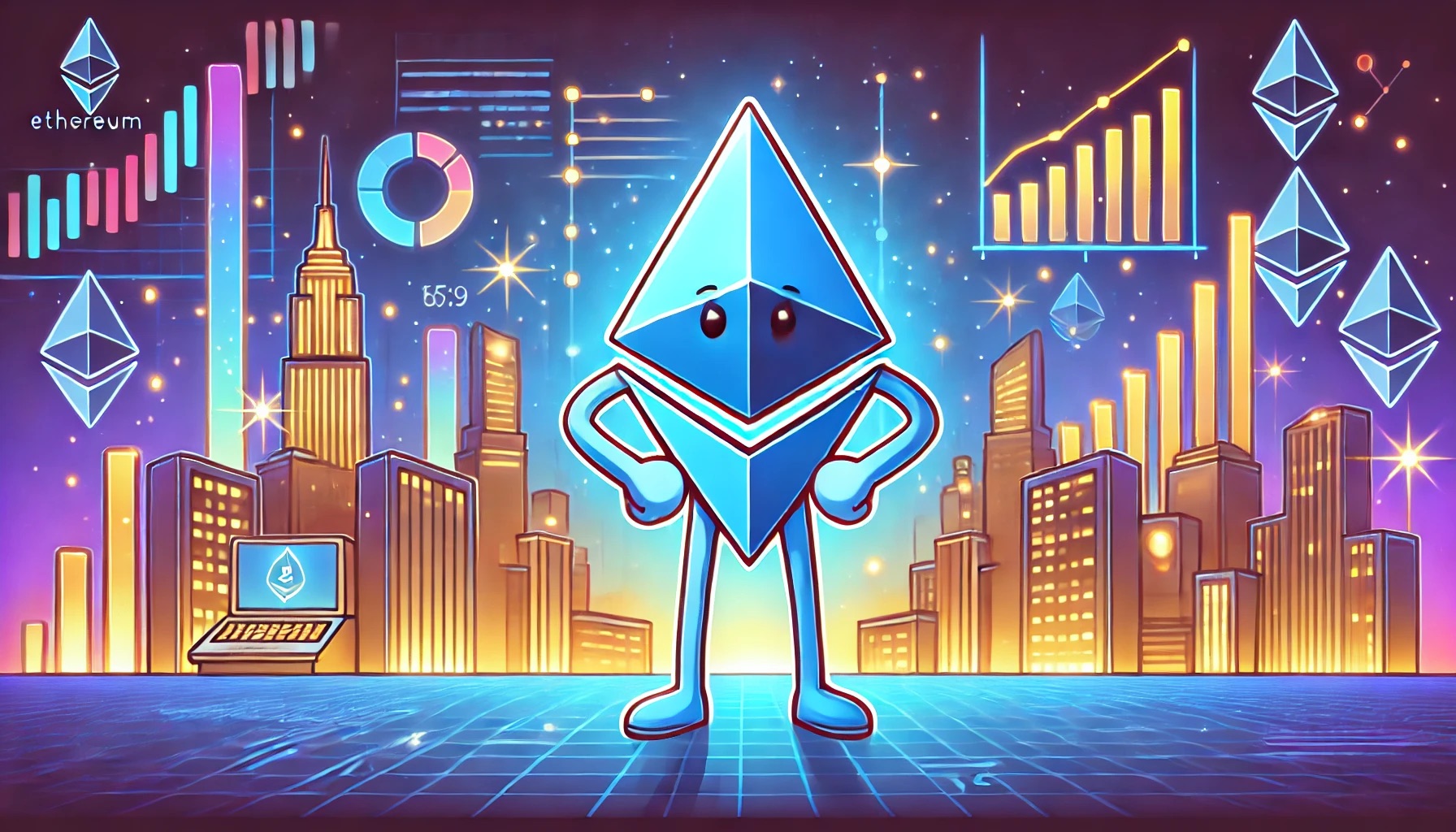




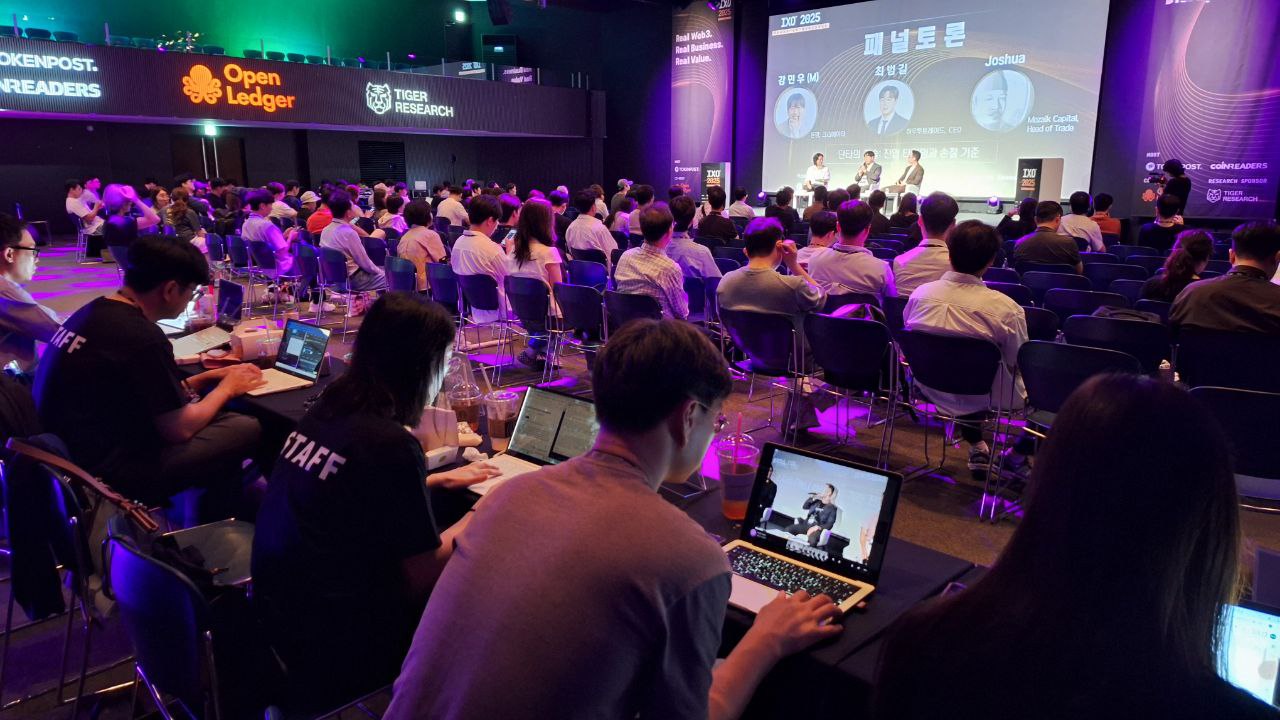

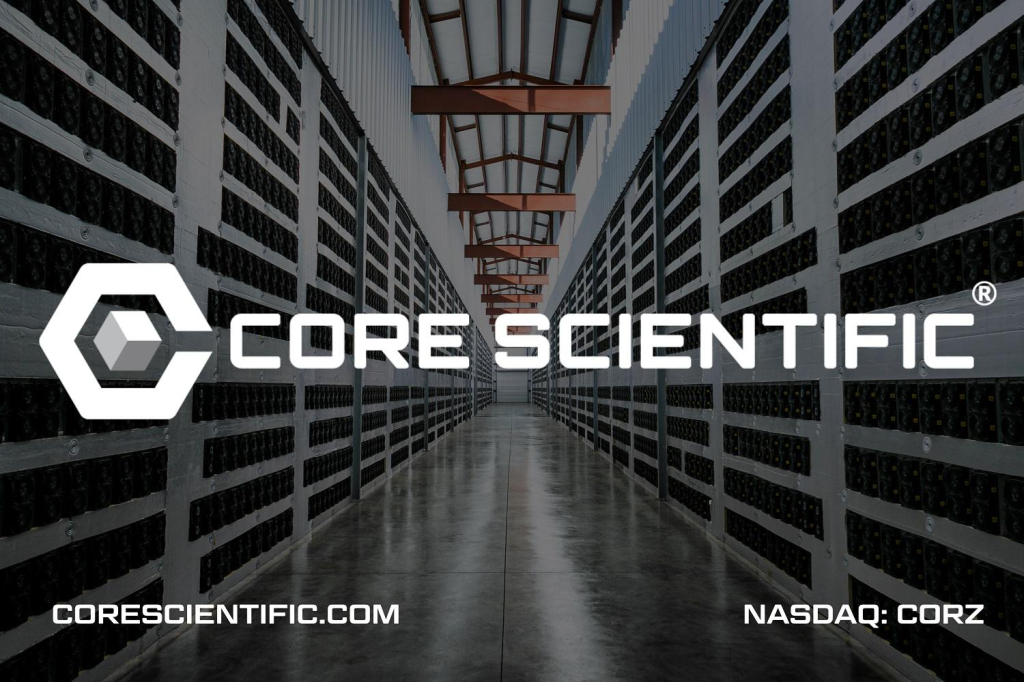

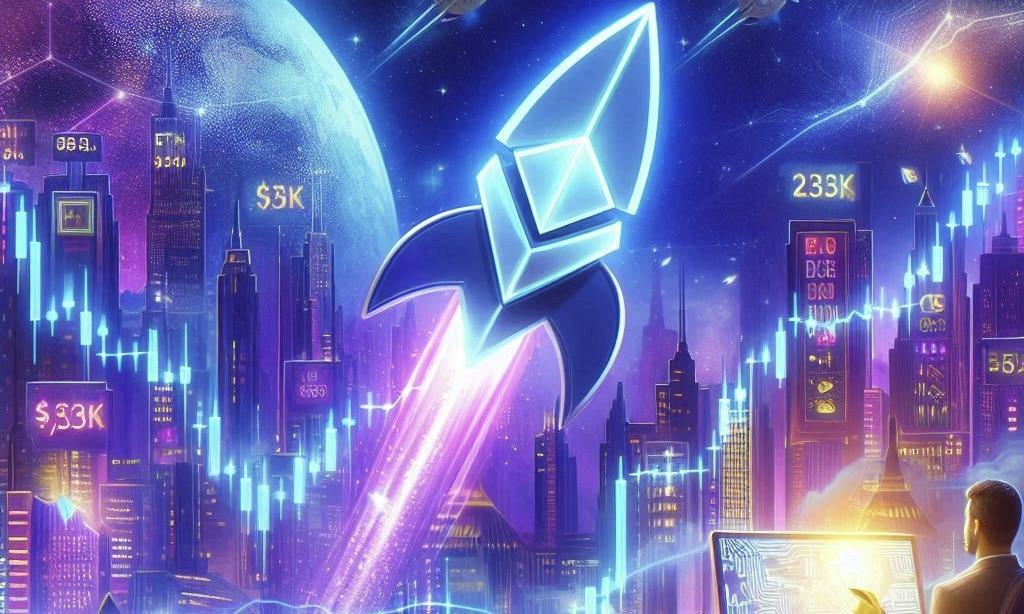


Comment 0